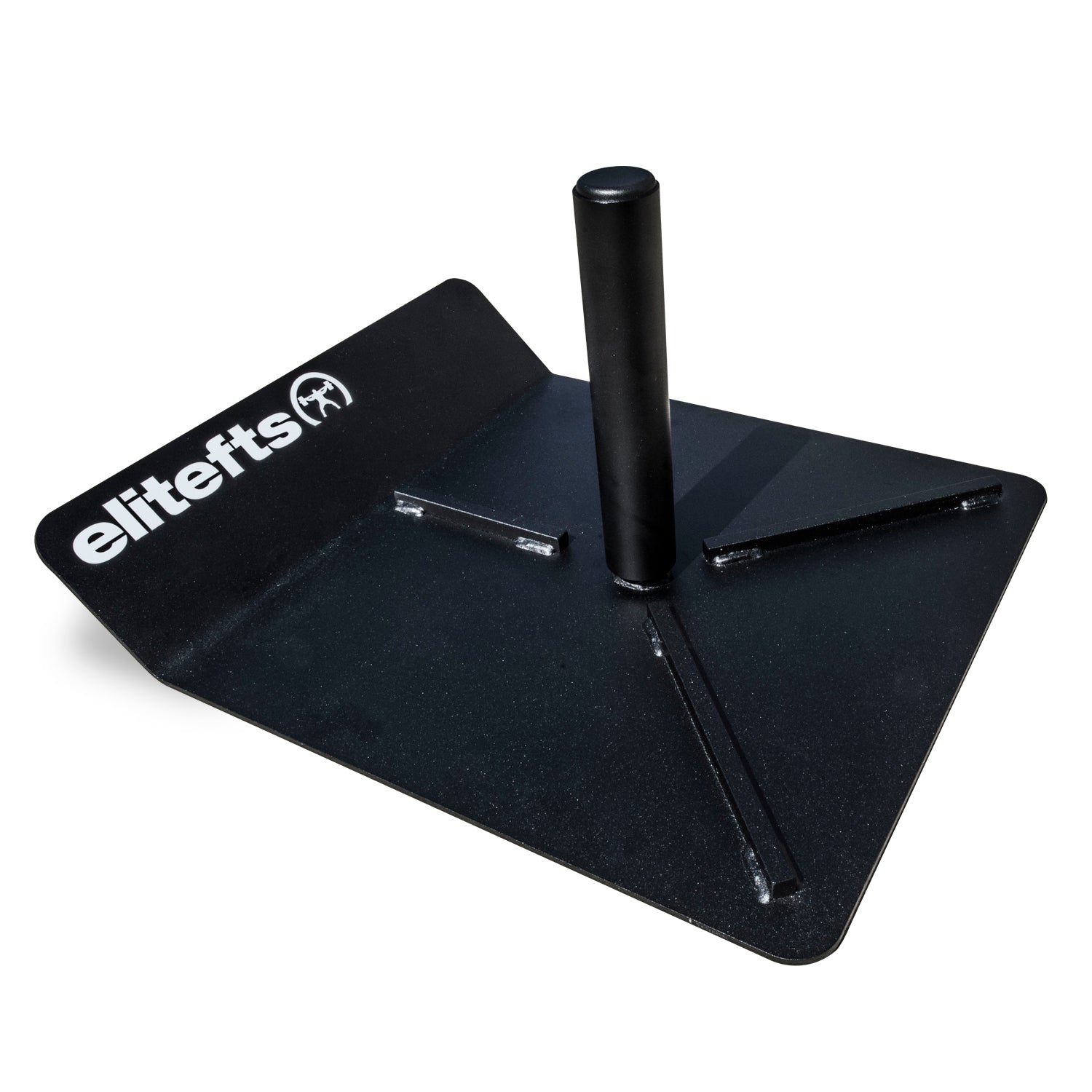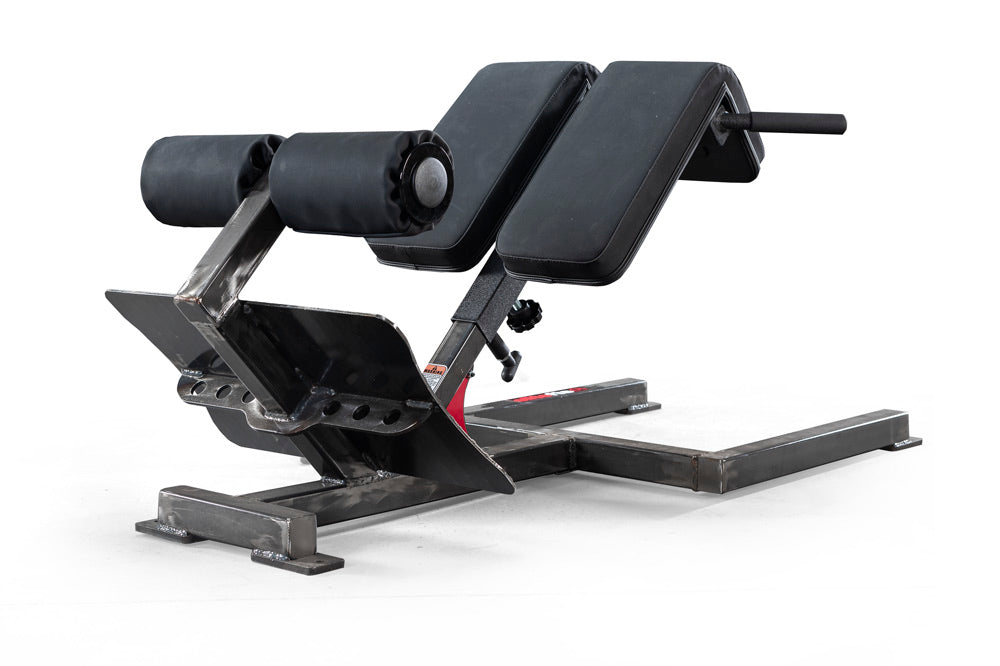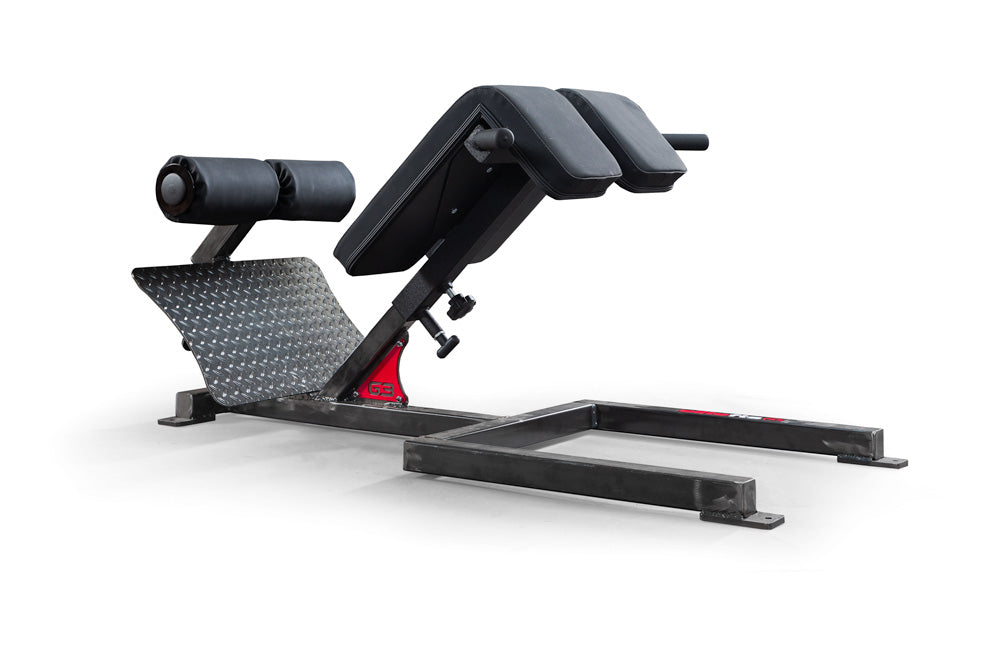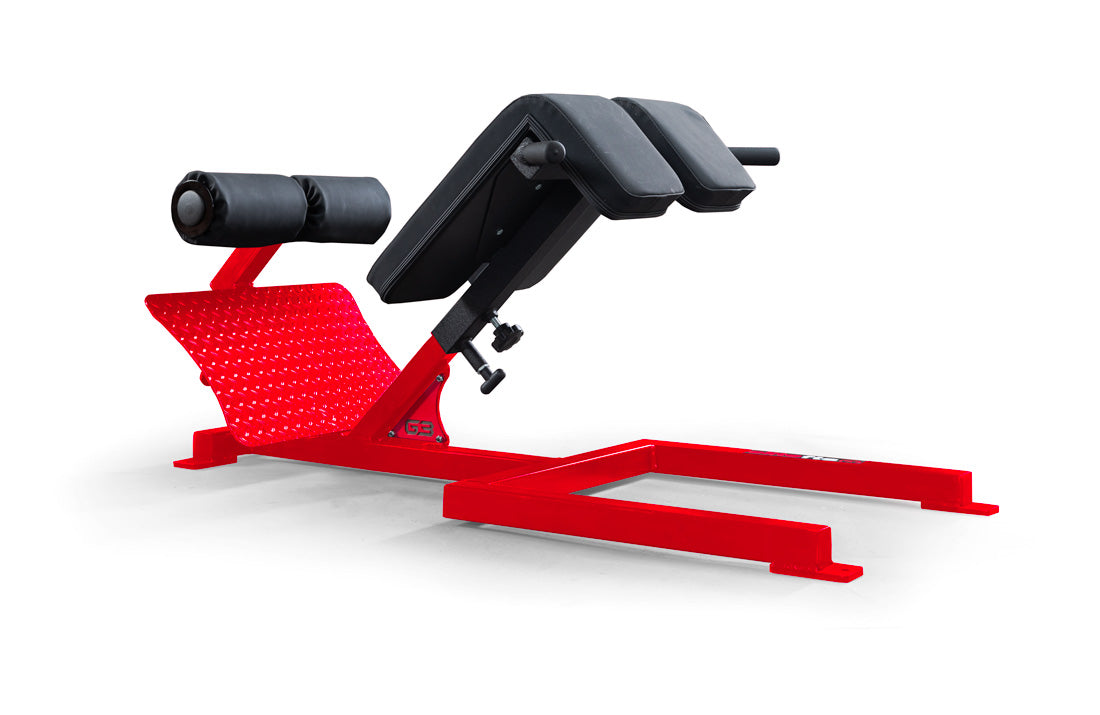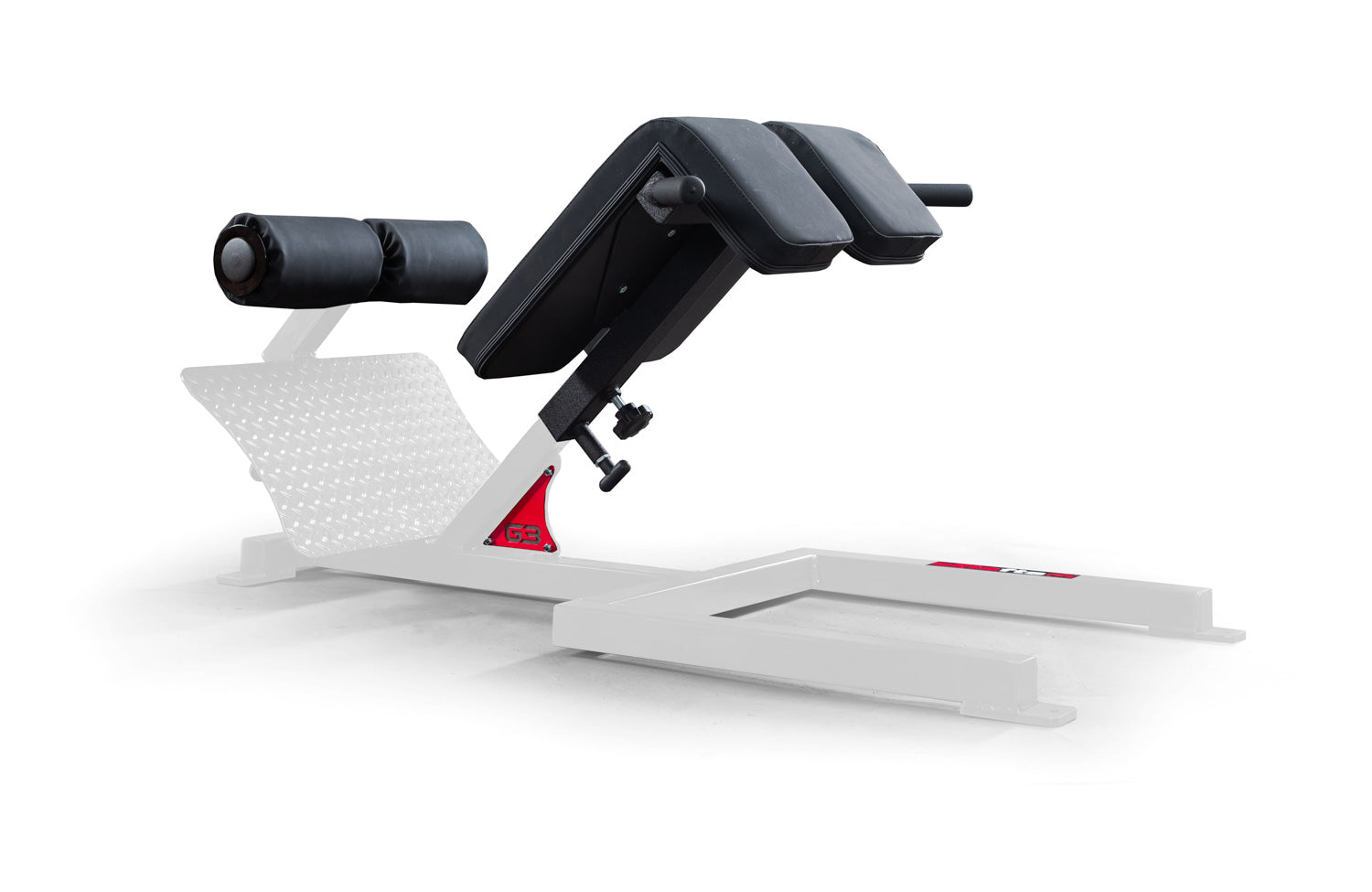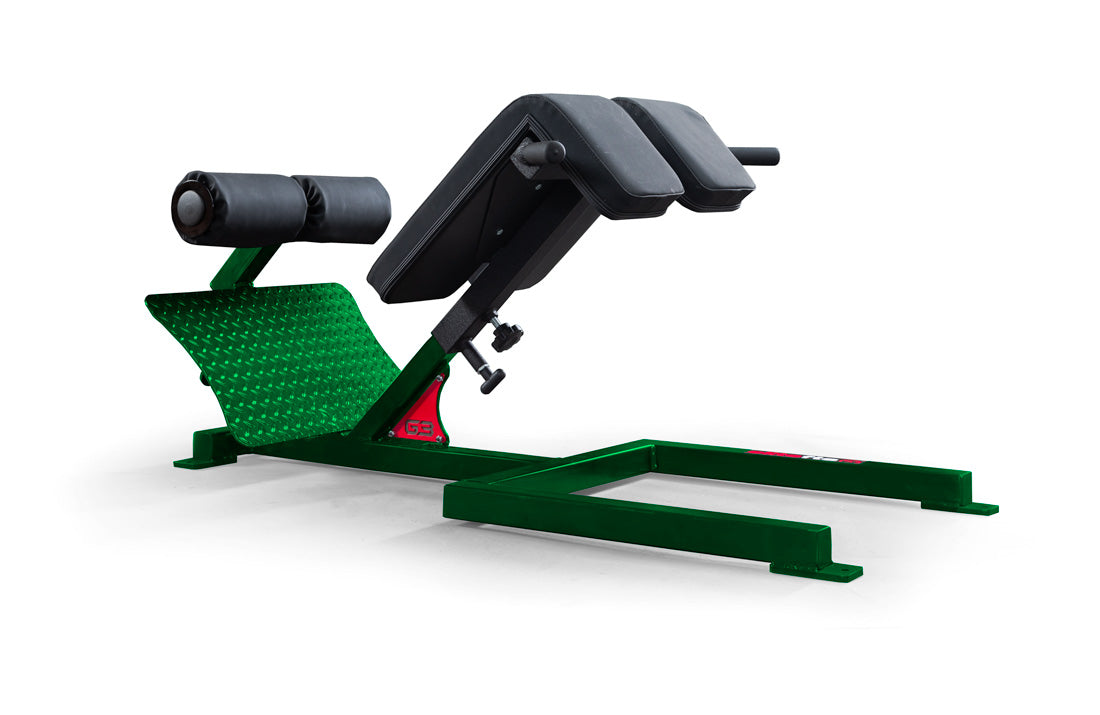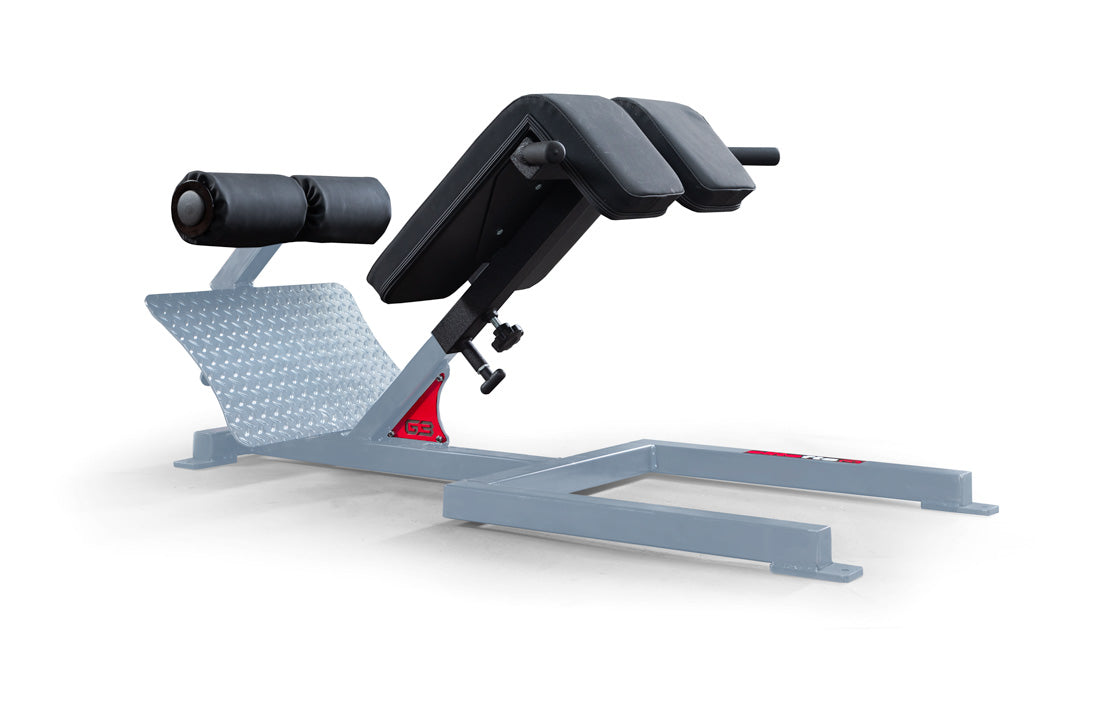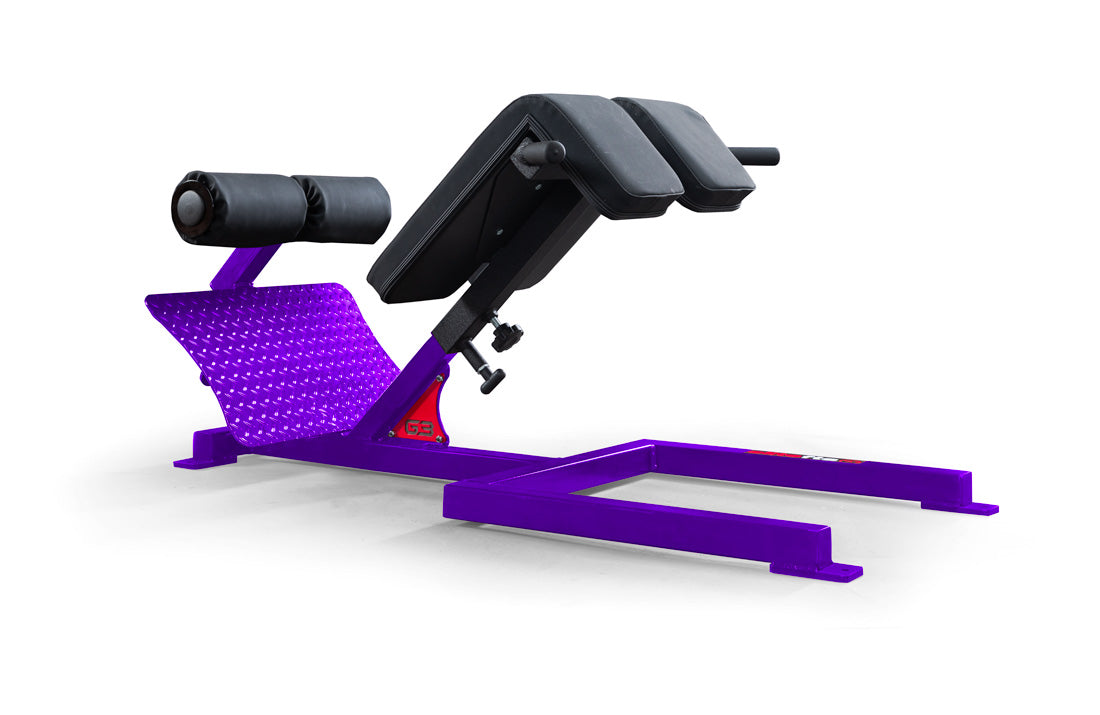RELATED: Meal Prep Basics for the College Student
One of our first topics of interest catered around eating healthy on the go. The lesson demonstrated how one $7 store-bought roasted rotisserie chicken could yield multiple meals. Presented with a chicken and Tupperware, each student stripped their bird of its white and dark meat (an exercise most never thought was a thing), portioned the meat into three containers (again, most never thought this was a thing), and made dinner (Pulled BBQ Chicken Wraps), lunch for the following day (Buttery Red-Skinned Potatoes and Cheesy Chicken) and a snack for the following day (Spicy Chicken Dip). In an hour’s time, we successfully learned how to portion a rotisserie chicken, cook three quick, healthy, and inexpensive meals, appropriately pack our meals, and introduce meal timing. Derived from conversation throughout the night (my planning for the next class), I discovered how everyone wanted to exercise more but felt uncomfortable in the university’s fitness center setting. Although mostly suitable for your and my needs, the standard features of a gym (ID and attire formalities, lighting, busyness, and sounds) are what made them bolt for the door. Add “exercise incompetence” to the list above and working out was associated with feelings of misery, isolation, and pain. For the next two visits, my objective was to banish debilitating exercise associations with the gym. In this article, I’ll outline how we created indoor and outdoor space for movement and strength with a little creativity using minimal equipment, reiterating that as college students, when time and space are limited, we always have to look for ways to move and get stronger. [gallery columns="2" ids="https://www.elitefts.com/wp/wp-content/uploads/2017/06/15085724_10100722508310010_8744577357570368599_n-2.jpg|,https://www.elitefts.com/wp/wp-content/uploads/2017/06/15107227_10100722507771090_8229104408017677366_n-2.jpg|"]
Lesson 1: Create Training Space Indoors
In an effort to reshape negative associations tangled with exercise, my first lesson was three-fold: create an indoor training space, perform a group workout, and provide a slew of resources of nearby and optional indoor exercise facilities (excluding the on-campus fitness center) that could cater to their needs. After a brief discussion on the group’s consensus of wanting to be active and healthy in support of their school and personal schedule, we worked together to create an exercise space within one of the Nisonger Center’s conferences rooms. We cleared a large room with tables and chairs (pushed to the sides), opened the blinds, dimmed the overhead lights, shut the door, and placed our equipment (water bottles, mats, andbands) near the open floor. We then huddled around a dry-erase board to look over our planned schedule (exercise selection, order, and allotted time). The plan included a warm-up, resistance work, conditioning, and a cool-down. Because cardio seemed to be everyone’s go-to in terms of what it meant to exercise, I took a few extra minutes to explain why resistance work should be part of our daily regimen in addition to cardio. You’ll notice with the workout below that it is a mixture of individual work and team work. The point of this is to show that exercise can be accomplished alone or with a training partner, and we may have a preference for one over the other. You’ll also notice that our resistance work focuses on the upper body to give an example of how to segment our body into working sections and better accomplish our time management skills, sport, strength, and physique goals. One last detail to mention is the goals section throughout the schedule. This area forced us to pause intermittently between sections to shift our focus to every new task at hand — understanding why we’re doing something gives them a better chance to replicate and tweak independently for future use. Warm-Up Goal: Prime for exercise, improve agility, body awareness, and coordination, and raise heart rate.
- Breathing
- Bracing Against Knee
- Hip Lifts
- Side Plank
- Knee into Chest and Kick
- Mini Hops FW, BW, SW
- Side Shuffle
- Butt Kicks
- Knee Up/Posture
- High Knees
- Partner Rows: 3 x 10
- Partner Press: 3 x 10
- Good Morning: 2 x 8
- Band Pull-Apart: 2 x 15
- Bicep Curls: 2 x 15
- Triceps Extension: 2 x 15
- Climb Stairs x 2 (To top floor — don't run, yet climb powerfully)
- Walk Hallways x 5 Laps
- Dim Lights
- Lie Down
- Breath
Lesson 2: Create Training Space Outdoors
For our second lesson, the theme remained the same: continue to reshape negative associations tangled with exercise. The main difference in this lesson was creating an exercise space outdoors instead of indoors — providing more opportunity to transform negativity to positivity. Reiterating what we accomplished in the first lesson, I was glad to hear how many of the students were exercising more often in creative ways. Without the use of a gym, the students voiced they were taking the stairs instead of the elevator, using the bands for upper body resistance work, and performing breathing exercises at home after class to relieve stress. Comparable to the first lesson, after our discussion of what we learned previously, we started the workout by reviewing the dry-erase board to gauge the schedule’s starting and ending points. Moving our efforts from indoors to outdoors, the schedule followed suit: the landscape change organically gave us more space to work, which directly expanded upon our equipment use and exercise choice. We used the lawn space adjacent to the Nisonger Center, a familiar location they walk through weekly traveling to and from class.WATCH: Defining Autism — Beyond the Label [Documentary]
As you can see below, the warm-up, resistance work, conditioning, and cool-down remained in the same order as the first lesson. My intention behind this is that if and when the students independently structure home or gym workouts, they can replicate this order to serve as a backbone. To differentiate the lesson plan and incorporate a new means of resistance, instead of using bands as our choice of resistance, this time we used
medicine balls (another cheap and travel-able form of resistance) and battle rope. Instead of primarily focusing on the upper body, we trained the entire body. Another main difference was incorporating a few games (parachute play and tug of war) to alternatively train our muscles and mind to reiterate that working out can include strategy, sportsmanship, and fun. Cone Warm-Up Goal: Prime for exercise, improve agility, body awareness, and coordination, and raise heart rate.
- Breathing
- Bracing Against Knee
- Hip Lifts
- Side Plank
- Knee into Chest and Kick
- Mini Hops FW, BW, SW
- Side Shuffle
- Butt Kicks
- Knee Up/Posture
- High Knees
- Medicine Ball Squats: 2 x 5
- Banded Laterals: 2 x Cone-to-Cone
- Parachute Play
- Medicine Ball Chest Passes: 2 Sets Partner Throws (Move back each successful pass)
- Medicine Ball Overhead Throws: 2 x 10
- Partner Tug of War: 2 x 10 Pulls
- Whole Group Tug of War – Game: Best of 2 Rounds
- Whole Group: Climb Parking Garage Staircase x 1–2 Times
- Walk Back to Nisonger Center
- Lie Flat in Conference Room
- Dim Lights
- Control Breathing














